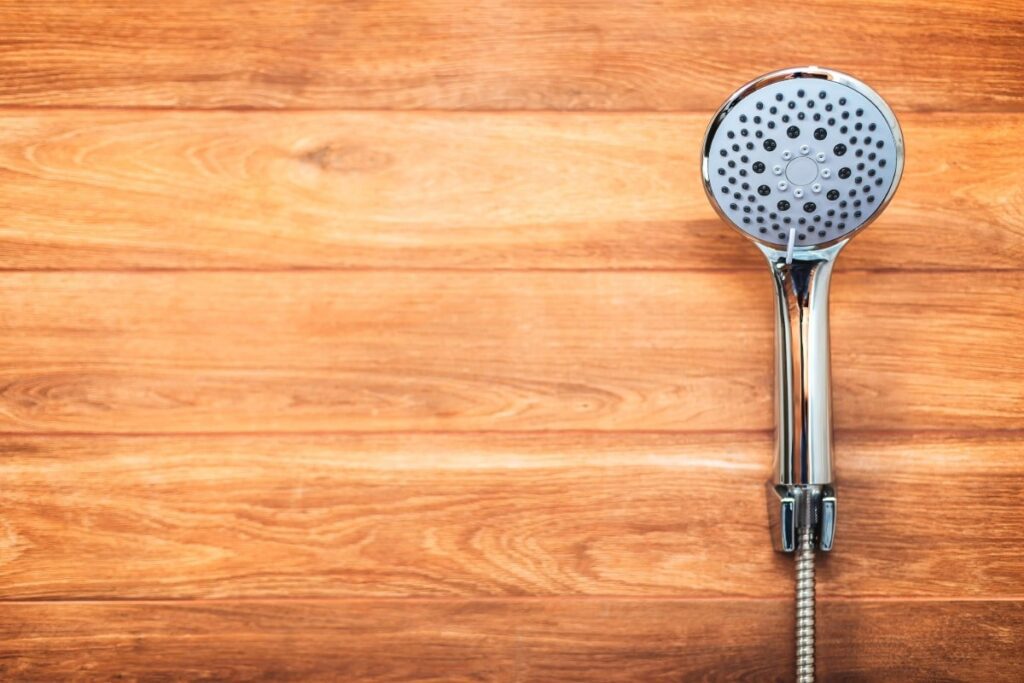Renovating a Rental Property: A Short Guide

Rental properties are only successful if they appeal to potential tenants. Landlords may start with an attractive rental home, but a property begins to age as the years pass. It's crucial to invest in renovations so the property continues to make a good return on investment. But when it comes to renovating a rental property, which projects are worth the time and money?
This guide to renovating a rental property will help any landlord assess their property and determine where to start with improvements. With the right considerations, these tips can upgrade any property and maximize their potential income.
Should I renovate my rental property?
The most significant benefit of renovating a rental property is saving money on recurring maintenance costs. Older utilities, like a washing machine, break down often and will cost more with time than paying for a new appliance upfront. When you don't have to order parts and schedule time to have repairs done, it makes life easier and saves you money.
Renovations can add value to your property. Additions or refurbishments to your home can have an average of 56% payback value. You'll get a significant amount of your money back if you decide to sell. Increasing a property's value also means that you can raise the rent, increasing your income almost immediately once the project is complete.
Which rooms should I focus on?
Landlords should focus their upgrades on rooms that draw the most attention. When prospective tenants tour a rental home or view your photos online, they'll likely check the kitchen options first. It's where they'll spend time taking care of their family and making memories, so people usually value it more than other rooms and want the latest kitchen technology or design trends. Investing in the latest appliances or installing a new backsplash will appeal to more potential renters over competing properties with older appliances and outdated decor.

Bathrooms are another area where landlords should focus on improvements. Even though renters won't spend much time in these rooms, modern vanities or interior design elements will help elevate the home. Bathroom renovations also tend to cost less than other projects because you may only need to make minor updates such as changing the paint color or upgrading the showerhead.
Tips for budgeting well
Renovating a rental property requires a budget that’s dependent on your property's size and how much income it generates. After you assess how much you have in savings and extra monthly income, you can set your home improvement budget with a few easy tips. Consider these steps while creating your budget to avoid overspending:
- Work on one project at a time
- Research your financing options, like loans or home-equity credit lines
- Get multiple hard quotes from different contractors
- Set some extra money aside for unforeseen expenses, like additional hours for projects that need more time
There's no way to get an exact cost for renovations because things can always change after work starts on a project. Stick as closely to your budget as possible and be prepared for extra expenses.
Doing it yourself vs hiring someone to help
Landlords may be able to do some projects on their own to save money. It depends on the size of the renovation and what the work entails. Here are some critical safety factors to evaluate before thinking about your budget or schedule:
- Could it hurt you? This applies to projects like roofing repairs, electrical work or digging near potential gas lines.
- Does it require a permit? Check your city's permit rules for specific guidance and potential fees.
- Could it destroy your property? Ventures such as plumbing work or taking down a wall could leave you with property damage that's more costly to repair than the original project estimate.
It's always best to leave renovations to professionals, but your budget may make you think twice about doing it yourself. Think about the size of the project and the amount of work to decide which option is best for you.
Tenant-friendly upgrades
Besides the traditional upgrades like new appliances or lighting fixtures, landscaping creates the curb appeal that draws in locals and people who view the property online. If you renovate your yard or add new plants, avoid common landscaping habits that invite pests. Forgetting to trim your trees or spreading mulch without doing any research first creates the perfect environment for pests that will destroy your landscaping and scare away potential tenants.

Constructing a covered parking space, like a garage, is another project that adds permanent value to any rental property. It's an attractive amenity to most renters because it provides extra protection for their cars and can serve as extra storage space. Tenants who rent out properties in snowy climates will see additional benefits from garages. They won't have to scrape snow off their windshields or adjust their wipers during the winter.
Take your time
After assessing your property to see what could be updated or added, take your time moving forward. As long as your chosen projects don’t result in overspending, renovating a rental property will increase your return on investment and draw in new tenants.
